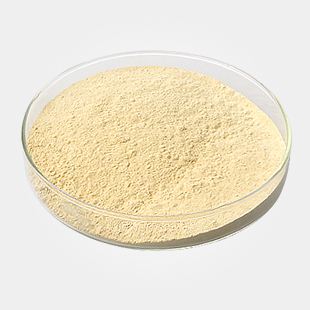In recent years, the recurring "cold spring" has become a major threat to fruit trees and wheat crops, causing significant damage. Experts and scholars, including Ren Zhi, have gathered to discuss effective strategies for mitigating the impact of this seasonal phenomenon. As spring arrives, unpredictable weather patterns often lead to sudden temperature drops, which can be devastating for agricultural production.
The "cold spring" typically occurs during the transition from winter to summer, when weather conditions are highly unstable. According to Han Wei, director of the Yangling Meteorological Observatory in Shaanxi, cold snaps can last for days, with temperatures dropping below 10°C and even bringing rain or snow. Although large-scale, prolonged cold events are rare, smaller, more frequent cold spells occur almost every year. He noted that while the previous autumn and winter had normal rainfall and temperatures, a long period of rain followed by a sudden clear-up could trigger localized cold events.
Professor Li Longshan from Northwest Agriculture and Forestry University has studied the effects of cold springs on fruit trees, particularly apricots, cherries, apples, pears, and kiwifruit, which are most vulnerable due to their early blooming. To combat this, he recommends winter irrigation to maintain soil temperature and prevent frost damage, as well as spring irrigation to delay budding and flowering. Additionally, applying amino acids to tree trunks can boost tree health and cold resistance. Combining this with diluted pesticide Jinilushi helps control overwintering pests. A traditional method involves using a mixture of lime, sulfur, salt, and vegetable oil (in a 5:1:0.5:0.5 ratio) to protect trunks from cracking and freezing. Smoke burning is also an effective technique—when temperatures drop below zero, orchard owners can burn damp wood to create smoke and protect plants.
Zhang Rui, a researcher at the Northwest A&F University’s Wheat Research Institute, emphasized that although the risk of cold damage this year is low due to late sowing, some areas with early planting or dense seedlings may still face challenges. He advised farmers to perform winter irrigation, add water, apply fertilizer, and cultivate the soil to raise temperatures and help wheat recover. Zhang stressed that timely action is crucial—remedial measures taken too late may not be effective.
By combining scientific methods with traditional practices, farmers can better prepare for the unpredictable nature of the "cold spring," minimizing losses and ensuring healthier harvests.
Xanthan gum is one of the most effective,most widely used and most versatile polysaccharide across the world today.It is mainly composed of D-glucose,D-mannose,D-glucuronic acid and acetyl.Under proper condition, it is produced by fermentation,with raw materials being carbonhydrate,with xanthomonas campestris,then purified,dried and milled into powder.As biogum,xanthan gum could be widely used in food,oil drilling,agriculture,fine chemical and pharmaceutical areas.It has following advantages.

Xanthan Gum,Xanthan Gum Cas No. 11138-66-2,Xanthan Gum Food Grade,Xanthan Gum For Food Additive
Shandong Tiancheng Chemical Co., Ltd. , https://www.tianchengchemical.com